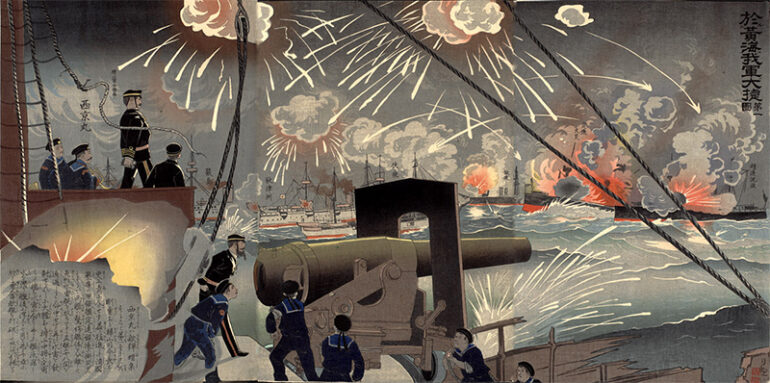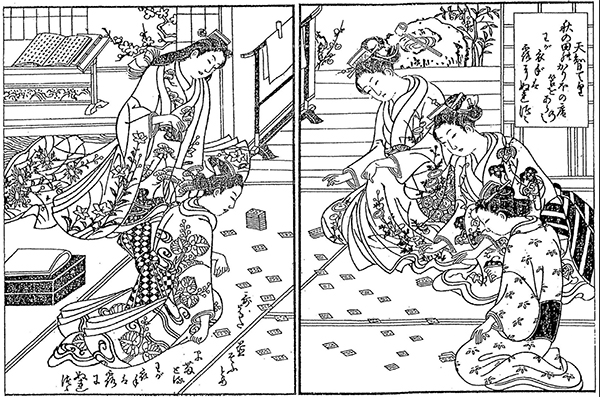Japanese art has depended on woodblock prints, or ukiyo-e, for many years. Originally designed as inexpensive painting replicas, these Edo-era prints were produced to let everyone enjoy art. Skilled carvers cut elaborate designs onto wooden blocks, which were then inked and pressed into paper. Ukiyo-e prints in black and white were replaced with bright, colorful compositions. These woodblock prints continue to enthrall audiences worldwide while safeguarding a rich cultural legacy and the classic elegance of Japanese art.
Origins and Evolution of Woodblock Prints in Japan
Japanese art has used ukiyo-e woodblock prints for many years. These inexpensive copies of artwork from the Edo period (1603–1868) were made to promote an appreciation of art. On wooden blocks carved by artists, intricate designs were inked and pressed onto paper. Monochrome ukiyo-e prints gave way to colorful ones. Hokusai and Hiroshige depicted nature, landscapes, and daily life with a deftness and inventiveness. These woodblock prints captivate viewers around while preserving Japanese beauty and tradition.
Techniques and Tools Used in Woodblock Printmaking
In Japan, creating woodblock prints is a precise process that calls both knowledge and skill. Initially, artists doodle their ideas on paper, which they then copy onto a wooden block. Expert carvers meticulously remove the negative spaces, leaving the raised portions that will retain the ink, using specialized instruments like chisels and knives. After that, distinct blocks are used for each color and ink is applied to these blocks using brushes and pigment. An exquisite transfer of the pattern is produced when the paper is precisely aligned and pushed onto the inked blocks. This age-old method, handed down through the centuries, exemplifies the commitment and skillfulness required to produce these exquisite woodblock prints.
Themes and Subjects Depicted in Japanese Woodblock Prints
Japanese woodblock prints depict many topics and notions from Japanese life and culture. Seasons, landscapes, rivers, mountains, and cherry blossoms are all well-described by painters. Historical events, folktales, and notable personalities from Japan’s rich culture are popular subjects. Ukiyo-e prints reflect the busy streets, teahouses, theaters, and everyday life in Edo (now Tokyo). Japanese woodblock prints portray the culture, traditions, and art of the nation. They vary from tranquil surroundings to bustling metropolis.
Influences and Legacy of Japanese Woodblock Prints
Japanese woodblock prints have a profound impact that goes far beyond Japan. These prints drew the interest of Western artists and collectors in the late 19th century, spurring the development of the Japonism artistic movement. Famous painters like Claude Monet and Vincent van Gogh were greatly impacted by the striking compositions, vivid colors, and distinctive viewpoints of ukiyo-e prints. In addition to revolutionizing Western art, this cross-cultural interaction elevated Japanese printmakers’ skill to a global level. Japanese woodblock prints continue to influence many art forms today, from modern printing methods to the ongoing appeal of Japanese aesthetics in international visual culture.
Japanese woodblock prints have made a lasting impression on the art world with their elaborate patterns and brilliant colors. From their modest beginnings as reasonably priced replicas, they have developed into masterpieces that perfectly encapsulate Japanese history, nature, and daily life. The painstaking methods and equipment used to produce these prints demonstrate the artists’ commitment and skill. Their topics and ideas provide a visual narrative that honors Japan’s rich cultural legacy. Furthermore, these prints’ ongoing legacy in modern printing and their effect on Western art show how influential Japanese creativity has been for a long time.
Photo Attribution:
1st & featured image by https://commons.wikimedia.org/wiki/Category:Woodblock_prints#/media/File:Battle_of_the_Yellow_Sea_by_Korechika.jpg
2nd image by https://commons.wikimedia.org/wiki/Category:Woodcuts_of_Japan#/media/File:Utagaruta_print.jpg

